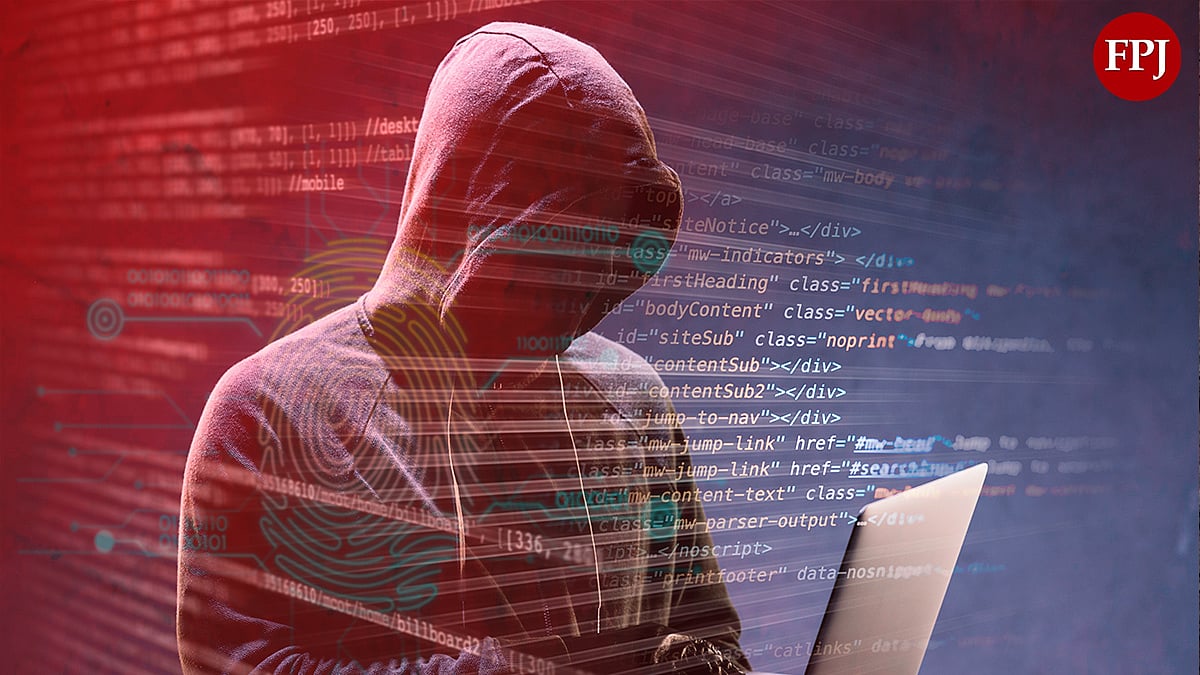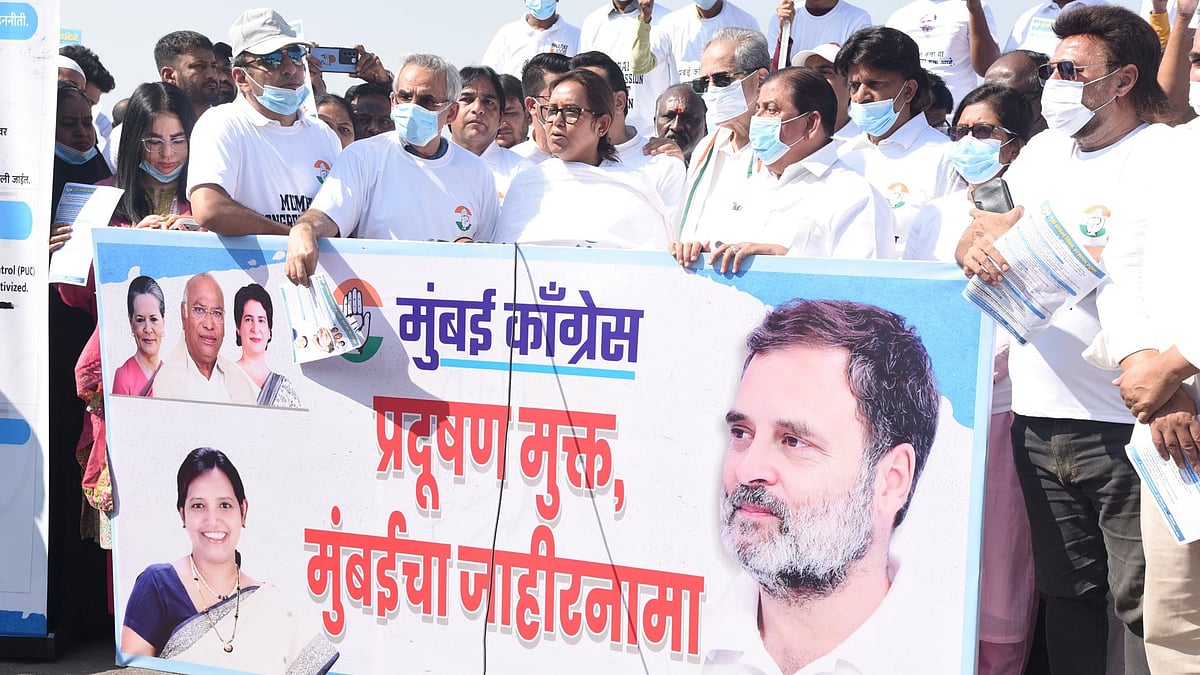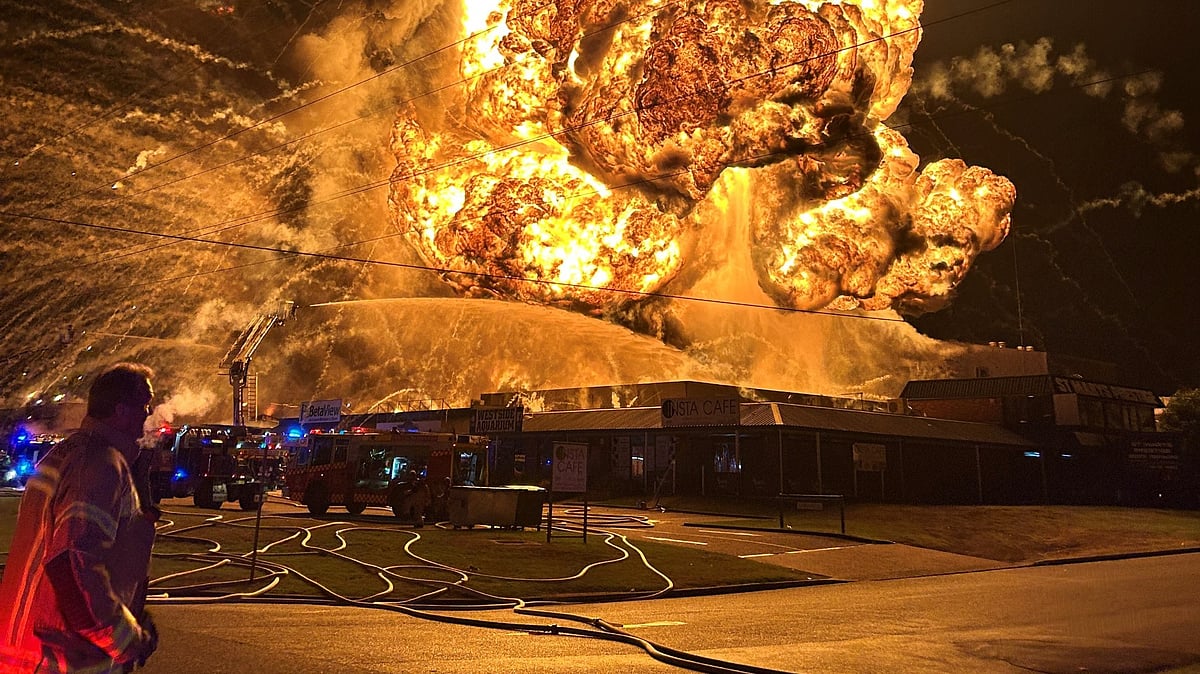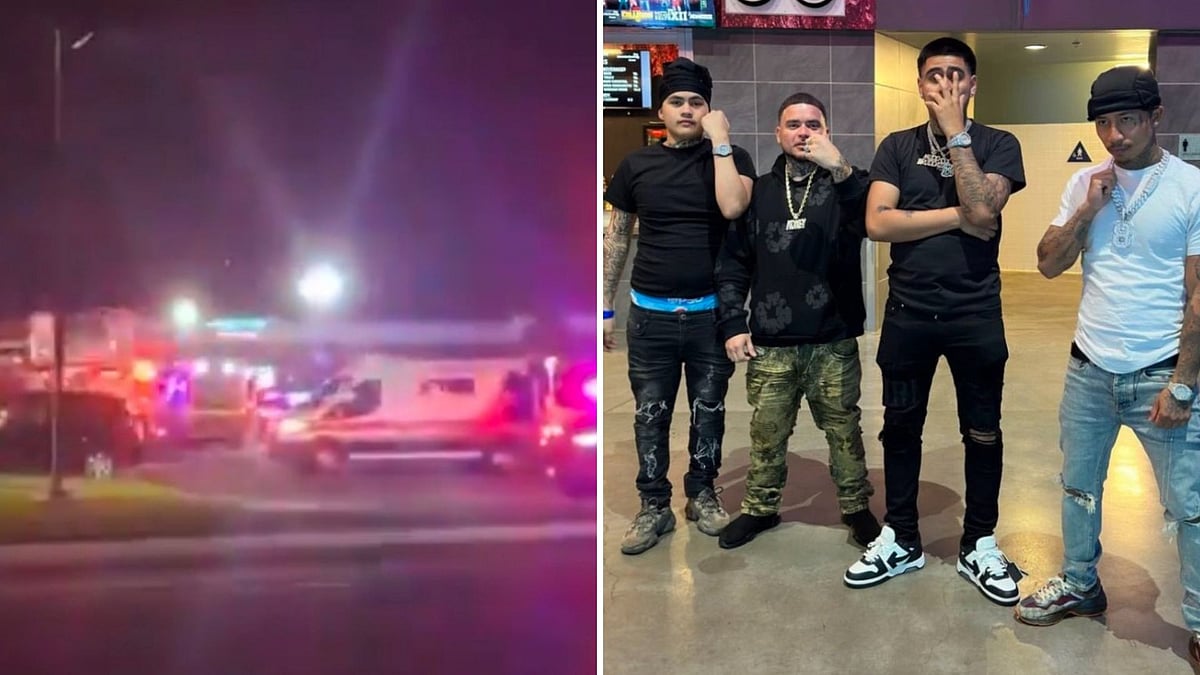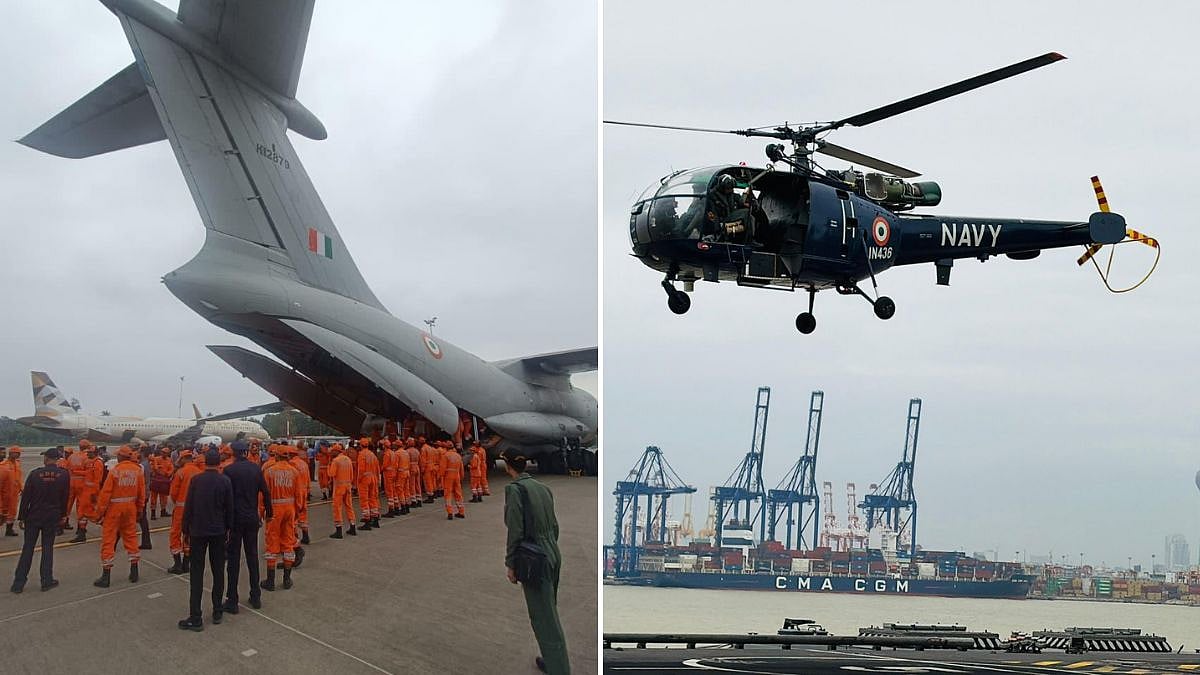International Day of Innocent Children Victims of Aggression is an annual observance that happens on June 4 every year to acknowledge the pain suffered by children throughout the world who are victims of physical, mental, and emotional abuse.
It is also an incentive to recommit the international community to the goal of ending all forms of violence against children.
Initially prompted by the struggles of Palestinian and Lebanese children victims of the 1982 Lebanon War, the resolution that birthed the holiday nonetheless seeks to end aggression and protect children’s rights in every other conflict-ridden region of the world.
History
The war that led to the enactment of the Convention on Child Rights and ultimately the founding of the International Day of Innocent Children Victims of Aggression started in June 1982 when Israel Defense Forces invaded southern Lebanon, following an assassination attempt on its ambassadors from within the country.
The adoption of the holiday came shortly afterward at an emergency meeting of the United Nations General Assembly on August 19, 1982, which was called out of fear for the growing number of civilian casualties, including children. Members were appalled by the great number of innocent Palestinian and Lebanese children victims of Israel’s acts of aggression.
The four-month war led the United Nations General Assembly to enact and adopt a Resolution on the Rights of the Child in 1997. It was an event that was considered a landmark development in the effort to improve the protection of children in conflict situations when it became the most widely ratified international human rights treaty in history.
Current Situation
Violence against children in conflict zones has been increasing, and up to 250 million children in countries affected by conflict are vulnerable. The UN recognizes that more needs to be done to protect the rights of these children and highlight their suffering.
There are numerous forms of harm to children in conflict, including death, sexual violence, abduction, denial of humanitarian access, and attacks on schools and hospitals.
In recent years following reports from the United Nations Office on Drugs and Crime (U.N.O.D.C.) — the organization tasked with initiatives to end violence against children; the number of violations of the United Nations Conventions on Child Rights has increased in many conflict-riddled regions of the world, making the purpose and the observance of the holiday even more important now.
Given that violence often causes long-lasting physical and mental harm that follows into adulthood and stunts a child’s development, the U.N.O.D.C. estimated that the world loses trillions a year to the after-effects of violence against children globally.
Child Victims Of Russia's War in Ukraine
“Every war is a war against children”, said Eglantyne Jebb, the founder of Save the Children, in 1919.
The past month's escalating conflict and humanitarian crisis in Ukraine are devastating the rights and health of the country's 7·5 million children.
Russia's indiscriminate attacks on civilians have included the use of cluster ammunition in populated areas and the bombing of schools, hospitals, and orphanages. WHO has reported more than 70 attacks on health care, including on a maternity and children's hospital, in the past month.
The Donetsk Regional Drama Theatre in Mariupol, used as a bomb shelter for civilians, was reduced to rubble despite the word “children” painted in Russian on either side of the building; an estimated 300 people were killed in this single strike. The Ukrainian Government reports that more than 500 education facilities have been damaged.
According to the UN Office of the High Commissioner for Human Rights, as of March 27, at least 99 children have been killed and 126 injured, but actual figures are likely to be considerably higher.
Data from past conflicts show that explosive weapons have a disproportionate effect on children, who are more likely to die or have serious head and facial wounds from blast injury than do adults. They will also live with disabilities and psychological trauma for years to come.
Impact Of War On Children
War affects children in all the ways it affects adults, but also in different ways.
First, children are dependent on the care, empathy, and attention of adults who love them. Their attachments are frequently disrupted in times of war, due to the loss of parents, extreme preoccupation of parents in protecting and finding subsistence for the family, and emotional unavailability of depressed or distracted parents.
The child may be in substitute care with someone who cares for him or her only slightly – relatives or an orphanage. A certain proportion of war-affected children lose all adult protection – “unaccompanied children,” as they are known in refugee situations.
Second, impacts in childhood may adversely affect the life trajectory of children far more than adults.
Consider children who lose the opportunity for education during war, children who are forced to move into refugee or displaced person camps, where they wait for years in miserable circumstances for normal life to resume, if it ever does.
Consider a child disabled in war; they may, in addition to loss of a limb, sight, or cognitive capacity, lose the opportunity of schooling and of a social life.
A girl who is raped may be marginalized by her society and lose the opportunity for marriage.
Long after the war has ended, these lives will never attain the potential they had before the impact of war.
Rehabilitating Child Victims Of War
During the immediate humanitarian response to victims of war and in the longer-term attempts to reconstruct health services after war, there are attempts by both local and international actors to care for children’s needs for health care.
Physical and psychological rehabilitation is instituted to varying degrees depending on the resources available. Sometimes these are minimal or absent. There have been many efforts to help the psychological impacts of war on children. Few have been evaluated.
Some efforts at rehabilitation of war-affected children include social healing moving toward education in the Culture of Peace. This is an approach to primary prevention of recurrence of war.


